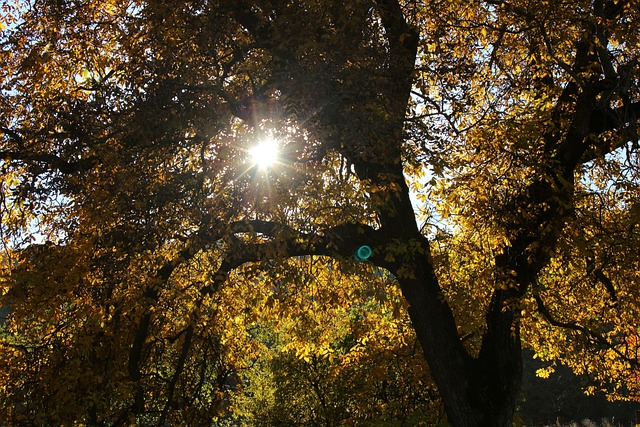Scenic terrain, with its natural beauty and strategic location, is a powerful catalyst for diplomacy and real estate growth between nations. Shared natural heritage drives collaborative conservation, tourism, and cultural exchanges, promoting regional integration. Developing cross-border scenic corridors boosts interconnectedness, attracts investors, and drives real estate values. Real estate developers can capitalize on this by integrating breathtaking landscapes into residential, commercial, or recreational projects, while adhering to sustainable practices, respecting local culture and architecture, and preserving natural beauty to ensure long-term economic growth and cultural ties.
Scenic terrain, a natural wonder that transcends borders, holds immense potential as a geopolitical bridge between nations. This article explores how these breathtaking landscapes can foster cross-border cooperation and drive real estate opportunities. From unlocking market potential to promoting harmonious development, scenic terrains offer a unique blend of environmental and cultural benefits. We delve into the geopolitics, real estate dynamics, and essential considerations for harnessing this natural resource responsibly.
The Geopolitics of Scenic Terrain: A Bridge Between Nations

Scenic terrain, with its natural beauty and strategic location, often serves as more than just a geographical feature; it can be a powerful symbol of connection and understanding between nations. In the context of geopolitics, these landscapes have the unique potential to bridge cultural gaps, foster diplomacy, and even shape real estate markets. When two countries share breathtaking mountain ranges, sprawling forests, or serene lakes, it creates an opportunity for cooperation and mutual appreciation.
This shared natural heritage can lead to collaborative conservation efforts, tourism initiatives, and cultural exchanges. The development of cross-border scenic corridors can enhance regional integration, promote economic growth, and facilitate the exchange of ideas and people. In turn, this interconnectedness can drive real estate values in both countries, attracting investors and visitors alike who seek to be a part of this beautiful and politically harmonious landscape.
Real Estate Opportunities: Unlocking Cross-Border Market Potential

Scenic terrain bridging two nations presents a unique opportunity for real estate developers and investors. The breathtaking landscapes, often overlooked as mere background features, can be transformed into lucrative cross-border market potentials. By integrating these stunning areas into residential, commercial, or recreational developments, investors can tap into a growing demand for experiential living and tourism.
The key lies in understanding the cultural and economic dynamics of both nations sharing the scenic terrain. Careful planning and sensible development practices can create harmonious blends that respect local traditions while catering to modern needs. This approach not only fosters economic growth but also preserves the natural beauty, ensuring a sustainable future for these cross-border real estate ventures.
Environmental and Cultural Considerations for Harmonious Development

When developing scenic terrain that bridges two nations, it’s essential to approach the project with a deep understanding of both environmental and cultural considerations. The unique landscape often presents opportunities for stunning real estate developments, but these must be balanced against preserving the natural beauty and indigenous heritage. Careful planning can ensure that new constructions harmoniously coexist with existing ecosystems and cultural sites.
Integrating sustainable practices and minimizing ecological footprints are crucial steps. This includes leveraging renewable energy sources, implementing green building standards, and promoting conservation efforts. Similarly, respecting and incorporating local architectural styles and traditional knowledge into design plans fosters a sense of belonging among residents from both nations. By doing so, the development not only enhances the area’s allure but also strengthens cultural ties, creating a shared space that celebrates diversity.






